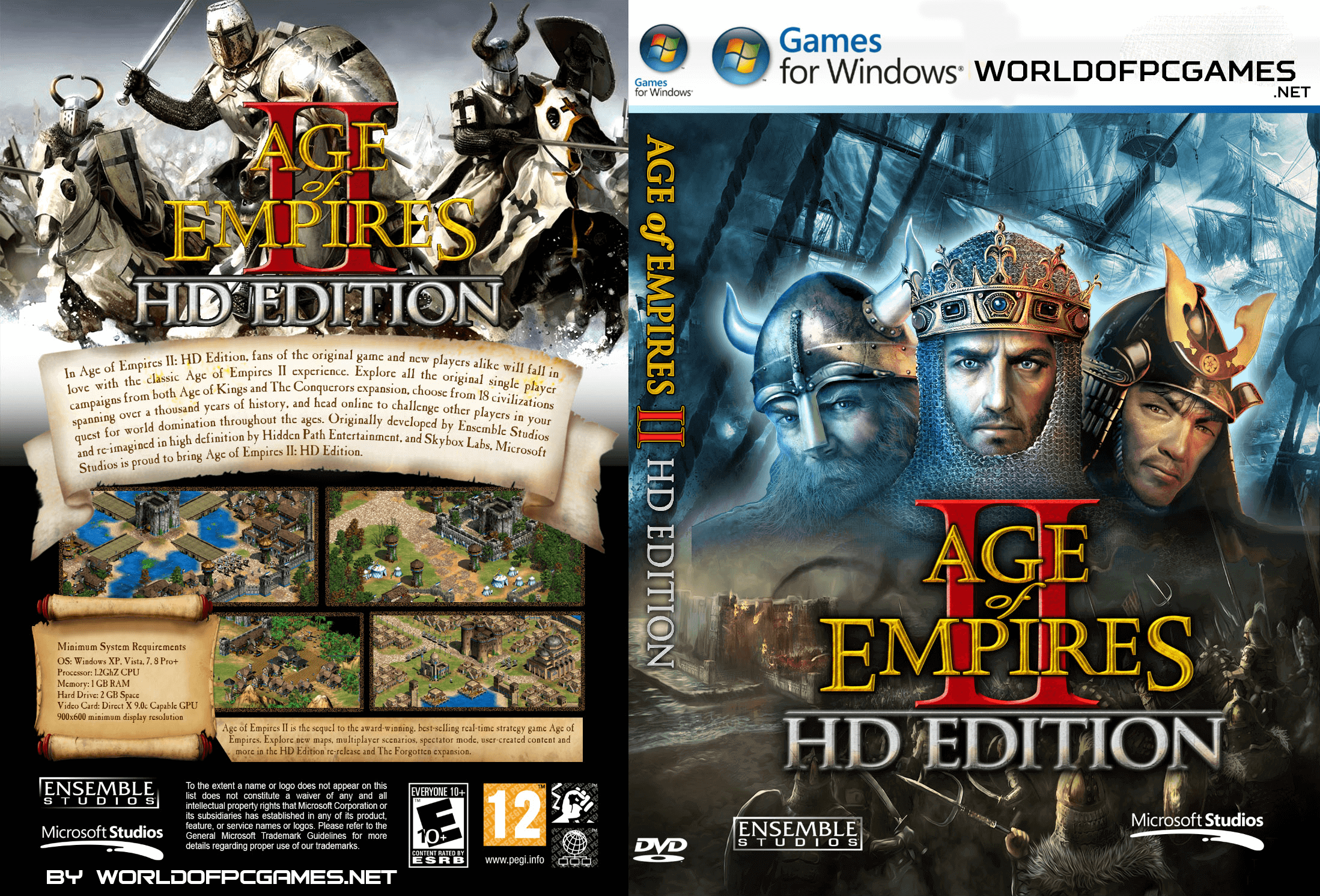
The oldest documents written in Old Church Slavonic, dating from the 9th century, attest the autonym as Slověne ( Словѣне). The oldest mention of the Slavic ethnonym is the 6th century AD Procopius, writing in Byzantine Greek, using various forms such as Sklaboi ( Σκλάβοι), Sklabēnoi ( Σκλαβηνοί), Sklauenoi ( Σκλαυηνοί), Sthlabenoi ( Σθλαβηνοί), or Sklabinoi ( Σκλαβῖνοι), while his contemporary Jordanes refers to the Sclaveni in Latin. Modern Slavic nations and ethnic groups are considerably diverse both genetically and culturally, and relations between them – even within the individual groups – range from "ethnic solidarity to mutual feelings of hostility".


There are also Muslim minorities among ethnic Serbs, Montenegrins, Croats, Slovenes and self-identified Yugoslavs, as well as a growing community of converts among ethnic Russians. Muslim-majority Slavic ethnic groups include the Bosniaks, Pomaks (Muslim Bulgarians), Gorani, Torbeši (Macedonian Muslims) and ethnic Muslims. Some Slavic ethnic groups traditionally adhere to Islam. There are also substantial Protestant, in particular Lutheran, minorities, especially among the West Slavs, such as the historical Bohemian (Czech) Hussites. Millions of Slavs also belong to Greek Catholic churches-that is, historically Orthodox communities that are now in visible unity with Rome and the Catholic Church, but which retain Byzantine practices, such as the Rusyns, as well as significant minorities of Ukrainians and Belarusians. The Catholic Slavs include Croats, Czechs, Kashubs, Poles, Silesians, Slovaks, Slovenes and Sorbs and are defined by their Latinate influence and heritage and connection to Western Europe. The second most common type of Christianity among the Slavs is Catholicism, introduced by Latin-speaking missionaries from Western Europe.

The Orthodox Slavs include the Belarusians, Bulgarians, Macedonians, Montenegrins, Russians, Serbs, and Ukrainians and are defined by Orthodox customs and Cyrillic script ( Montenegrins and Serbians also use Latin script on equal terms).

Eastern Orthodox Christianity, first introduced by missionaries from the Byzantine empire, is practiced by the majority of Slavs. Present-day Slavic people are classified into East Slavs (chiefly Belarusians, Russians, Rusyns, and Ukrainians), West Slavs (chiefly Czechs, Kashubs, Poles, Slovaks, and Sorbs) and South Slavs (chiefly Bosniaks, Bulgarians, Croats, Macedonians, Montenegrins, Serbs and Slovenes). Slavs are the largest ethno-linguistic group in Europe.


 0 kommentar(er)
0 kommentar(er)
